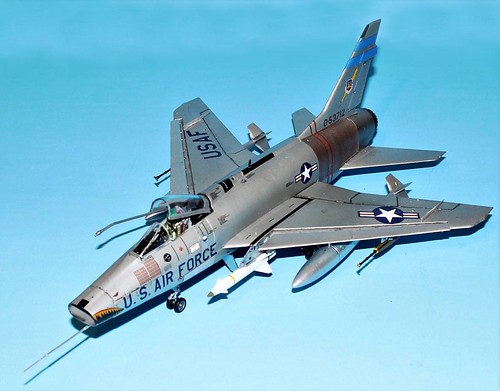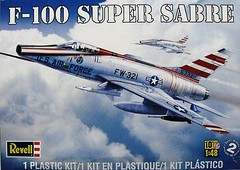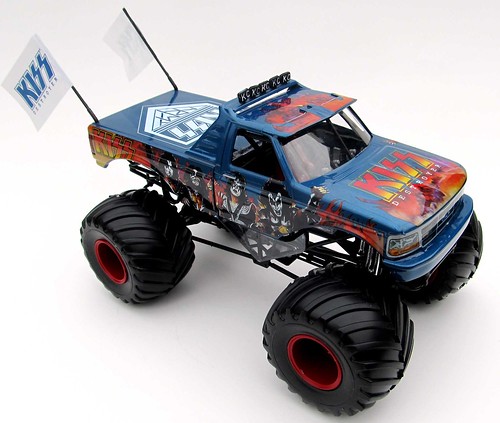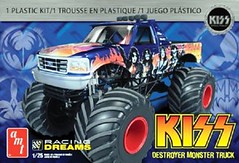Right On Replicas, LLC Step-by-Step Review 20150904*
Elvis Presley Meyers Manx 1:25 Scale AMT Model Kit #847 Review
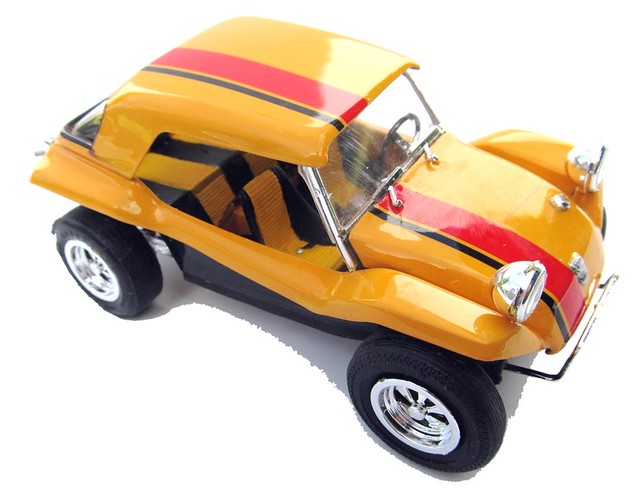
Review and Photos by Alan Mann 
The Meyers Manx dune buggy is a small recreation vehicle, designed initially for desert racing by Californian engineer, artist, boat builder and surfer Bruce F. Meyers. It was produced by his company, B. F. Meyers & Co. from 1964 to 1971. It was produced as a “Kit Car†applied to the shortened chassis of Volkswagen Beetles. The car line dominated dune racing in its time, breaking records immediately, and was eventually also released in street-oriented models, until the company’s demise due to tax problems after Meyers’s departure. A Meyers Manx dune buggy is driven by Elvis himself in the memorable 1960’s movie, “Live a Little, Love a Little.” It’s a yellow street Manx with all the custom features you’d expect on a retro dune buggy.
Â
For the Modeler: The Meyers Manx dune buggy is a small recreation vehicle, designed initially for desert racing by Californian engineer, artist, boat builder and surfer Bruce F. Meyers. It was produced by his company, B. F. Meyers & Co. from 1964 to  1971. It was produced as a “Kit Car†applied to the shortened chassis of Volkswagen Beetles. The car line dominated dune racing in its time, breaking records immediately, and was eventually also released in street-oriented models, until the company’s demise due to tax problems after Meyers’s departure. A Meyers Manx dune buggy is driven by Elvis himself in the memorable 1960’s movie, “Live a Little, Love a Little.” It’s a yellow street Manx with all the custom features you’d expect on a retro dune buggy.
1971. It was produced as a “Kit Car†applied to the shortened chassis of Volkswagen Beetles. The car line dominated dune racing in its time, breaking records immediately, and was eventually also released in street-oriented models, until the company’s demise due to tax problems after Meyers’s departure. A Meyers Manx dune buggy is driven by Elvis himself in the memorable 1960’s movie, “Live a Little, Love a Little.” It’s a yellow street Manx with all the custom features you’d expect on a retro dune buggy.
Â
Covered in this Review: If you want to perfect your build; basic construction; preparing parts for better finishing; alternate assembly sequence suggestions for fit and ease of finishing; abrasive choices; complete paint and adhesive selections and applications; test fitting; using white glue for the window glass; suspension construction; detailing the tires for realism; chassis construction and detailing; mounting the body to the chassis; finishing the engine; interior color selection; engine construction and detailing, detailing the instrument panel; combining instruction steps for better finishing; Elvis/Manx history; building and installing the roll cage; preparing the fuel filler location; removing excess material from the underbody for a good fit; considerations for building the all chrome engine; masking the body for paint; making custom plates for your model; where “NOT†to use glue; versions and options discussed; using floor wax to make crystal clear window glass; exhaust/tire & roof variations discussed; decal preparation and application; using decal setting solutions for that “painted on†look; are all fully examined in this 15 page, full-color Step-by-Step review in PDF format.
Click the Buy Now link below to purchase the full Step-by-Step review for $2.95 USD.
Important – You MUST click on the “Return to Right on Replicas, LLC” link after you’ve made your purchase to download your review!
Right On Replicas, LLC ©2015 All rights reserved. *All registered trademarks are the property of their respective brands. Follow the manufacturer’s safety recommendations for any product mentioned here.

